A Q&A with plein air painter Zufar Bikbov on Russian realism, painting landscapes outdoors as a way to improve, and the art of eliciting emotions through a painting.
Cherie Dawn Haas: I understand your father, an engineer, had a dream of being an artist; please tell us about his influence.
Zufar Bikbov: Yes, my dad’s plan after school was to study in Fechin’s Art College in the city of Kazan. He showed good potential in drawing and painting and he was accepted to the college. The country was still under Stalin’s government. So since my grandfather was imprisoned in 1937 for anti-Stalin political views, my dad was refused to be provided a stipend for his study in art college, which was vital for his education. My grandfather perished in Labor camp in 1940. Without support my dad had to quit art school. Following Stalin’s death, my dad entered a school of engineering and worked all life as an engineer of civil and industrial buildings.
Painting was his hobby. So he had no problems seeing that I had potential and talent in art. He enrolled me to start education the our Youth Art School in our city when I was 9. With no pressure my dad encouraged my gravitational pull towards art. I was lucky to have a family where art books and visits to art galleries were a regular things.
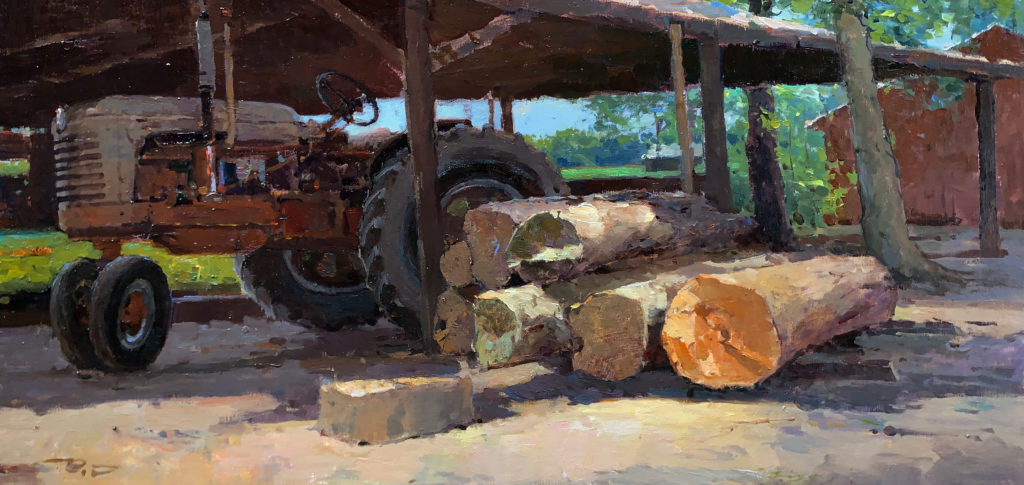
CDH: What was it like to begin painting outdoors at the young age of 11?
ZB: Outdoor painting, i.e. plein air, was a part of curriculum in Youth Art School. It was called Summer Practice. We painted with watercolors and gouache. Every morning for a few weeks a bus took us to countryside. A few times we went by boat to paint an old Russian Orthodox monastery on the Volga river island Sviyazhsk.
It was so different from painting still lifes or alabaster casts in studio, or some scenery from imagination. It was a real life experience. We knew this was how we could learn painting, this is how Levital and Shishkin painted. We wanted to be like them.
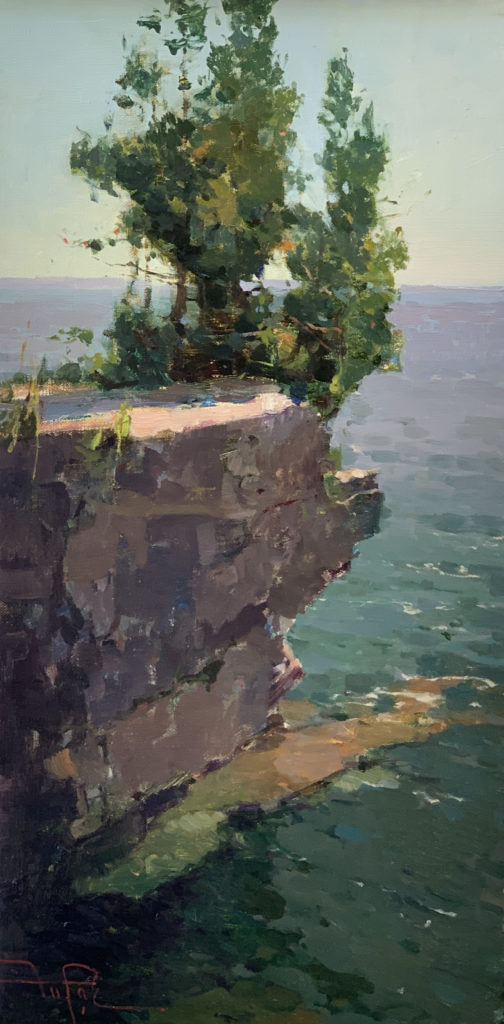
CDH: When you went to medical school, what did you study there, and how was art a part of your life at that time?
ZB: In medical school I studied clinical medicine to be become a doctor. After graduation I completed surgical residency and started the PhD program. During medical school mainly I was drawing. Along with recreation drawing helped me with study, especially with studying Histology and Pathology. During some of my quiet on-call residency nights I would paint abstracts. I also met a few artists that were studying in the Fellowship program affiliated with Repin’s Russian Academy of Fine Arts and some of them were quite good plein air artists, so I learned from them.
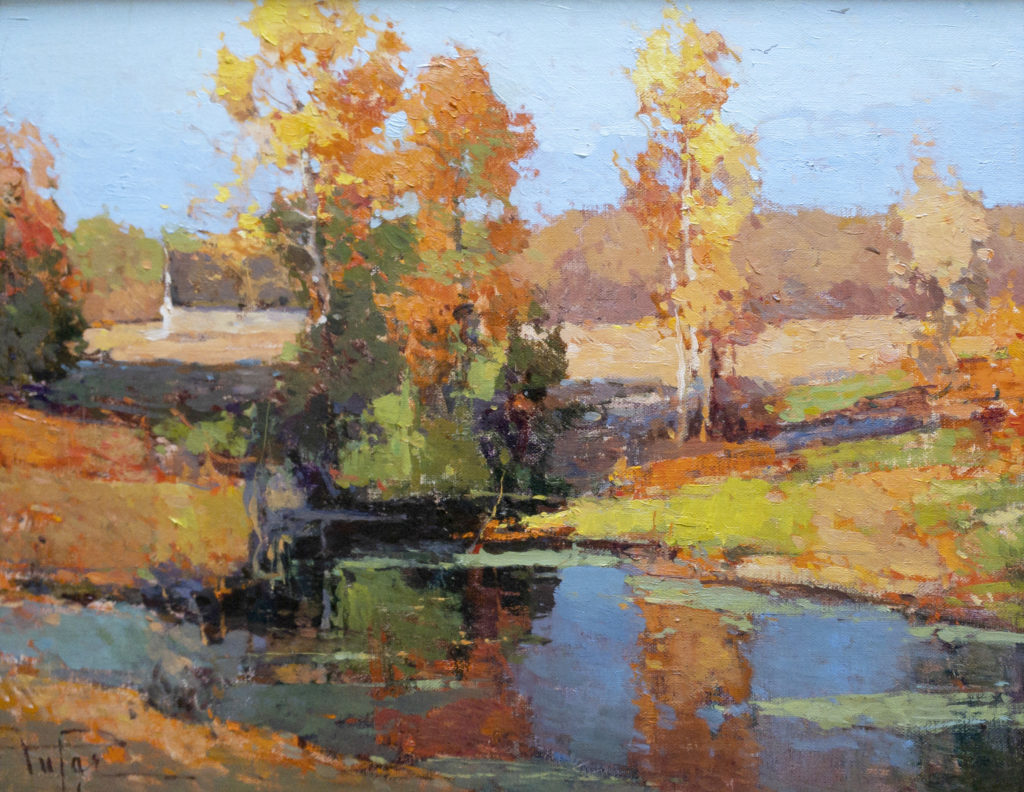
CDH: What is it about Russian realism that attracts you and inspires your painting style?
ZB: In landscape my favorite is Isaak Levitan, in portrait – Ilya Repin. After peak or School or Realism in second half of 19th century with the movement of Wonderers, Russian art along with Russian society in first half of 20th century went through reformation and experiments. My search of new ways in art led me to Chagall, Malevich, Rothko, and Kandinsky, to the world history of art from Russia, and most of them worked in France. The second peak in Russian Realism happened after WWII, in 1950s-70s. And this art is not well known to the American audience. Russia was able to preserve the school of Realism for over a century.
Russian realism is a great beacon for those who study art and those who just love art. It has great balance of true representation of scenery and emotional messages from the artist, painterly rendered texture and details, and a focus on color and value of shapes. Russian Realism delivers an honest human experience to the viewers, since the artist’s talent is getting built on work from direct observation of objects, scenery, events.
All together these aspects create a feeling of rich and unique experience that inspires me to create my art the same way. And of course masterpieces of Russian realism has inspired me since my childhood and my art school years in Russia.
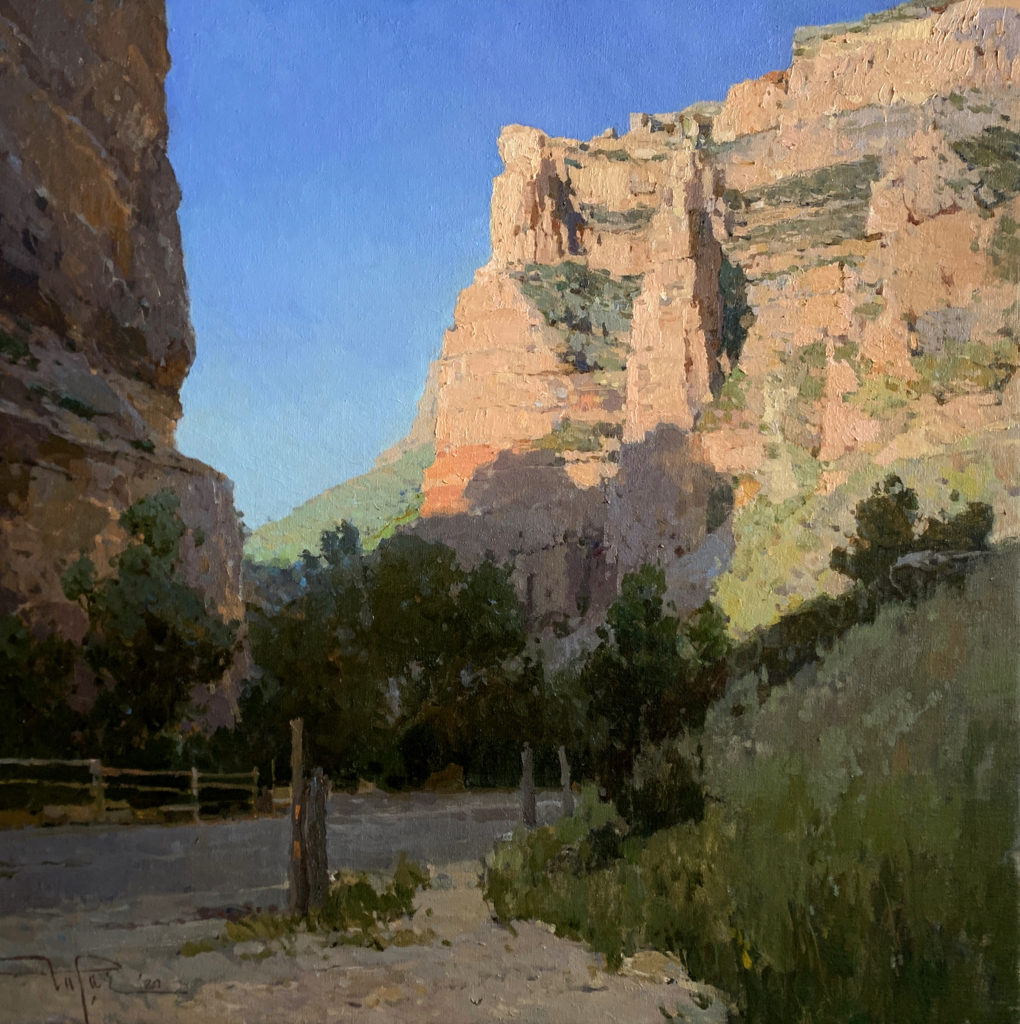
CDH: Who are some of your most influential teachers, and what do you hope to pass on to your own students?
ZB: I was lucky to live, study, and paint in two great countries. And I learn from every artist and her/his works that I meet. This is how my brain is wired. If it is coming from my medical background or not, I can not say. I did not have a single mentor who led me trough my growth as an artist, but I am grateful to all people in art, who try to be deliver message to the world and try to continue a dialog with it.
I teach my students in the channel of Realism. So before they can deliver their message to the world they need to master fundamentals of painting: drawing, composition, painting as a technique. I also want to tell them that intellectual and emotional aspect of what they want to tell to the world won’t dry out during our classes. It is like becoming a good writer. First, you need to learn the alphabet, read and write basic things like articles and essays. Along the way ideas will grow along with mastery and inspiration.
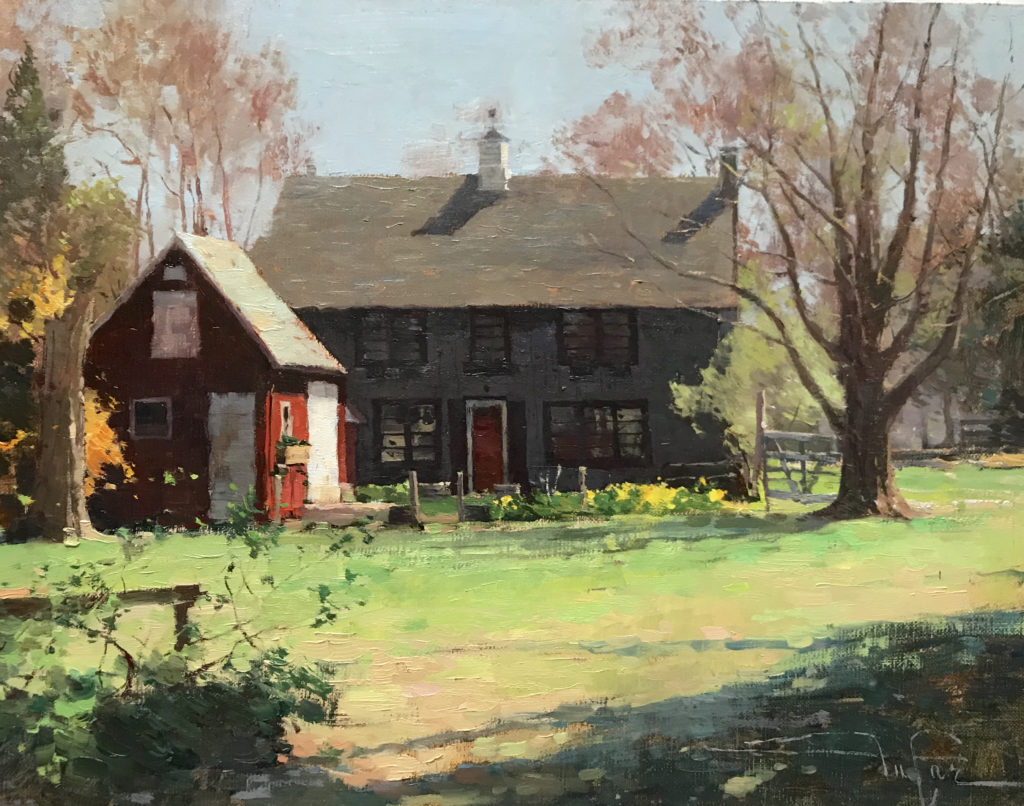
CDH: You have a new how-to landscape painting video coming up with Streamline Publishing; can you tell us about that?
ZB: Painting in the Realism style requires artists to present a visual experience that one sees with the human eye and feels with the human heart. The presence of all details is often not requited but composition, proper perspective, shape proportions, and light expressed with correct color and value is absolutely important. So as you see there is no quick and easy way to do it since task is not so simple.
The process of the work can be broken into 20 steps or the painting can be done in one step with no prep work at all. My approach is oriented toward learning artists that want to be confident in the end result of each painting. I have figured out that four steps give a great balance of simplicity versus complexity of approach. In my video I also show how to paint difficult elements of the landscape, such as running water, or rivers and trees in early spring. I hope my instructional video will help aspiring artists to go outdoors more often, and incorporate plein air studies to every work on larger canvases.
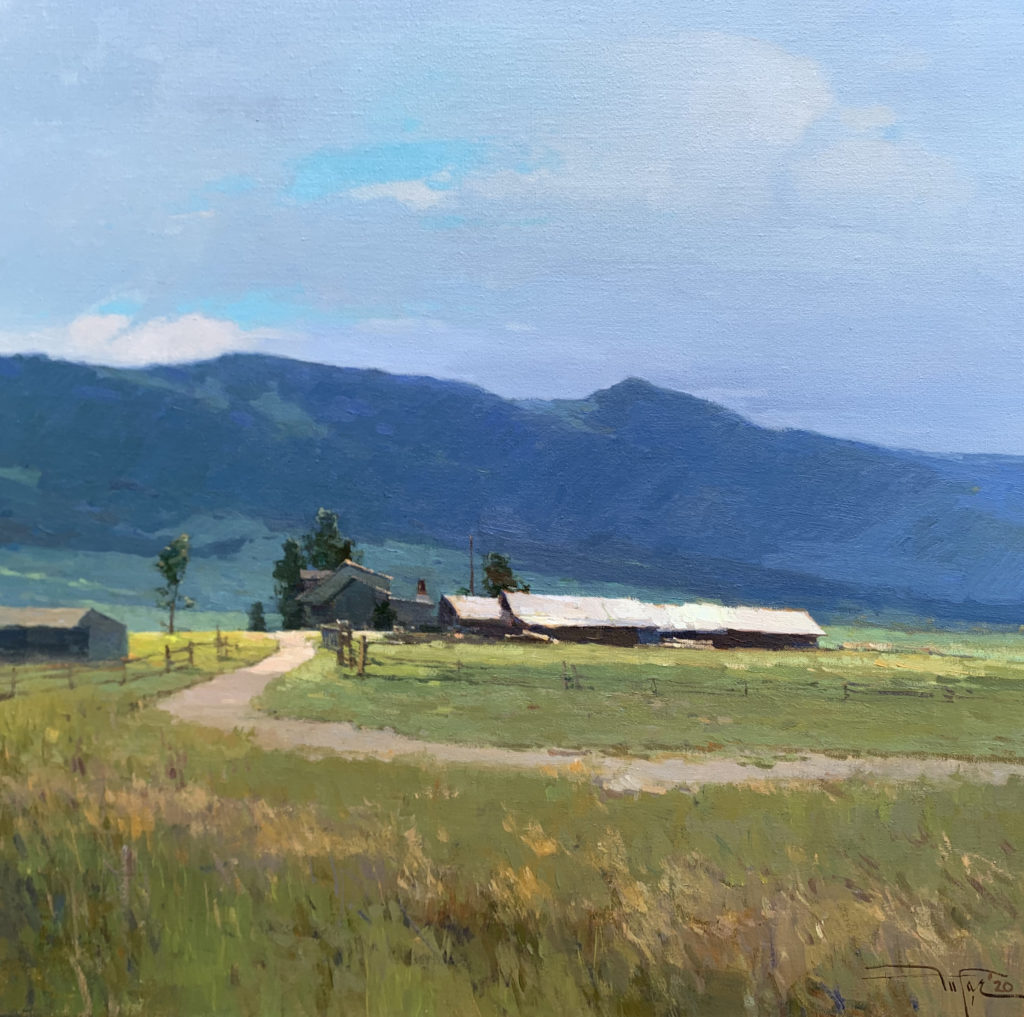
CDH: Looking back, what are some of your most memorable moments as an artist so far?
ZB: Painting is a sort of magic that one tries to learn and practice. Some things are based on science and hard work, others are based on your gift from above. We, artists, want people next to our painting to experience deep human feelings. It could be just pure emotion like the joy of spring, or thoughts and contemplation about our history, or even about our future. When this happens it is very satisfying.
Sometimes our own paintings create an effect of presence that goes beyond our expectations. I was 14, when I started painting with oils. As a recreation I tried to copy a painting of a Baltic Regatta from a postcard. One brushstroke after another while painting sea waves has brought me to state of excitement and joy. It felt like if waves were real, and sea was real. It was an amazing feeling. My work was giving it back to me.
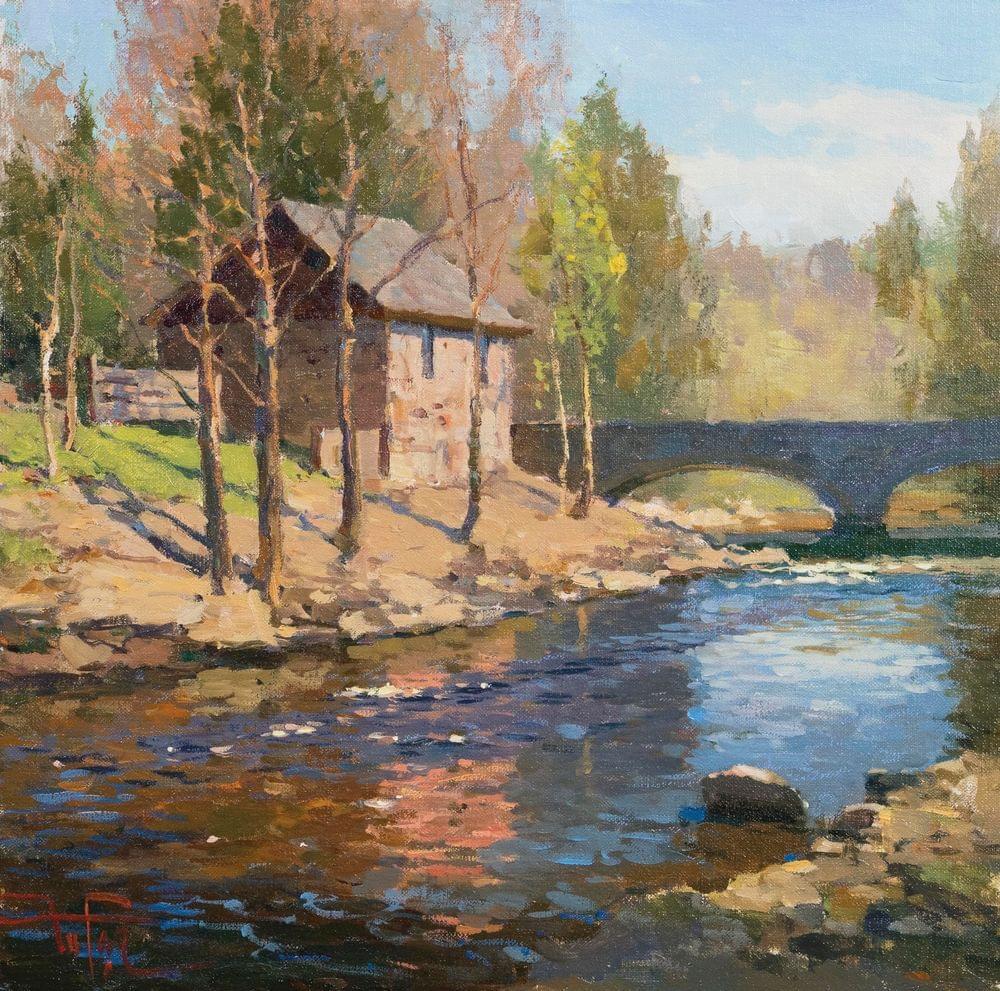
From Streamline Art Video:
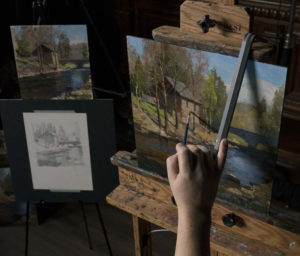
We’re delighted to share with you Zufar’s simplified approach in this video course, Landscape Painting in Four Steps. And though he demonstrates it in oil, the process can be used for other mediums like acrylic, pastel, and watercolor.
You’ll get to watch Zufar as he paints “New England, Spring.”
Inside the art workshop, Zufar will show you how to use his time- and result-efficient 4-step structure for painting landscapes.
Preview here >
Browse FineArtConnoisseur.com to view more amazing landscapes.

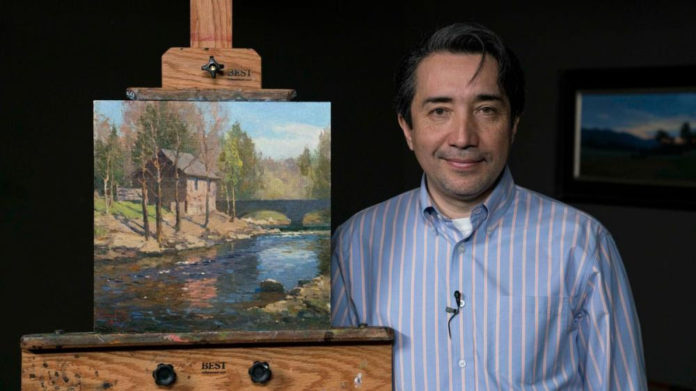








I have a Russian impressionist painting done by Victor Gromyko that was done in 1963. I’m trying to sell it. If you know of anyone that might be interested. Please let me know. Thank you.